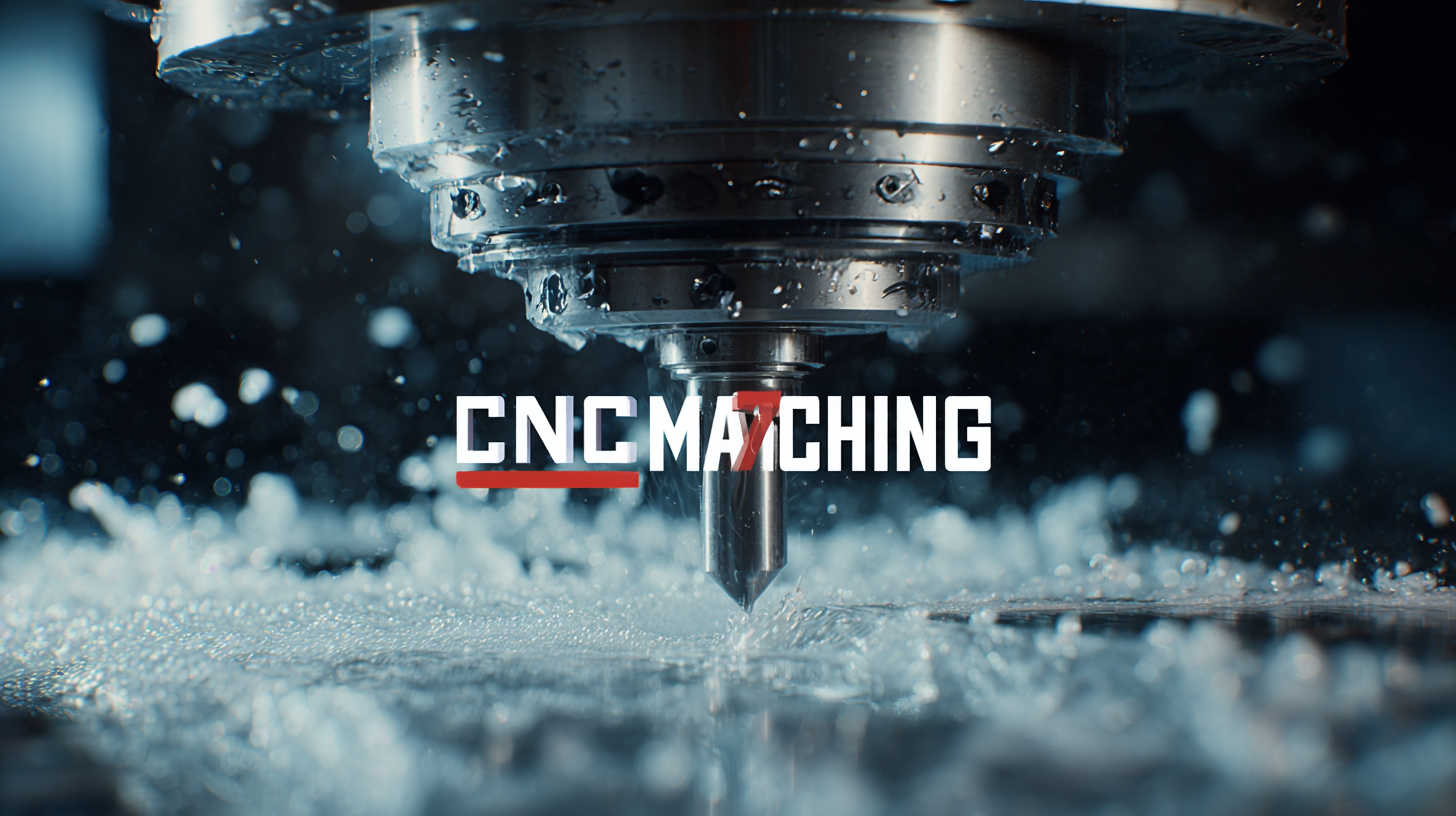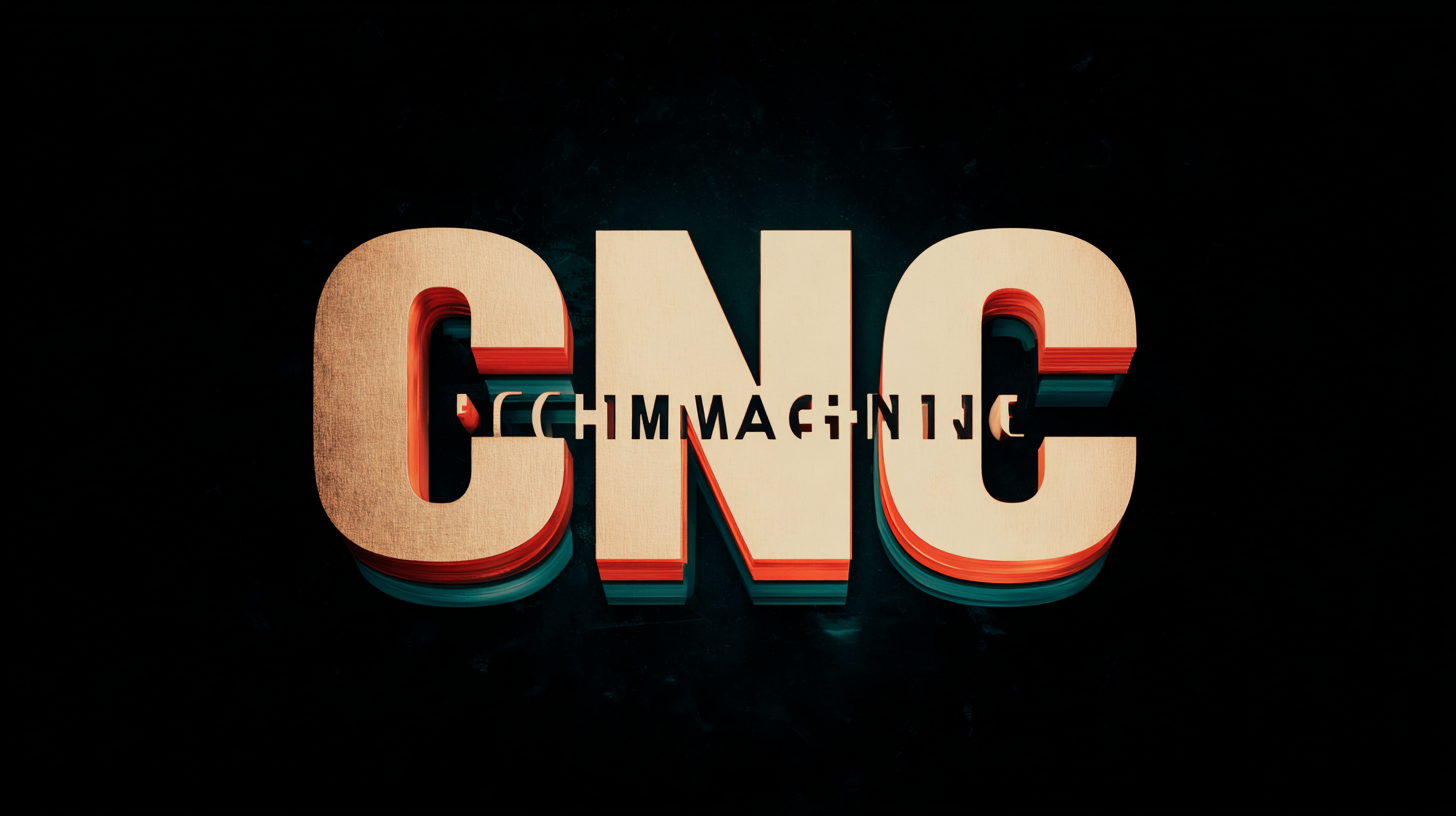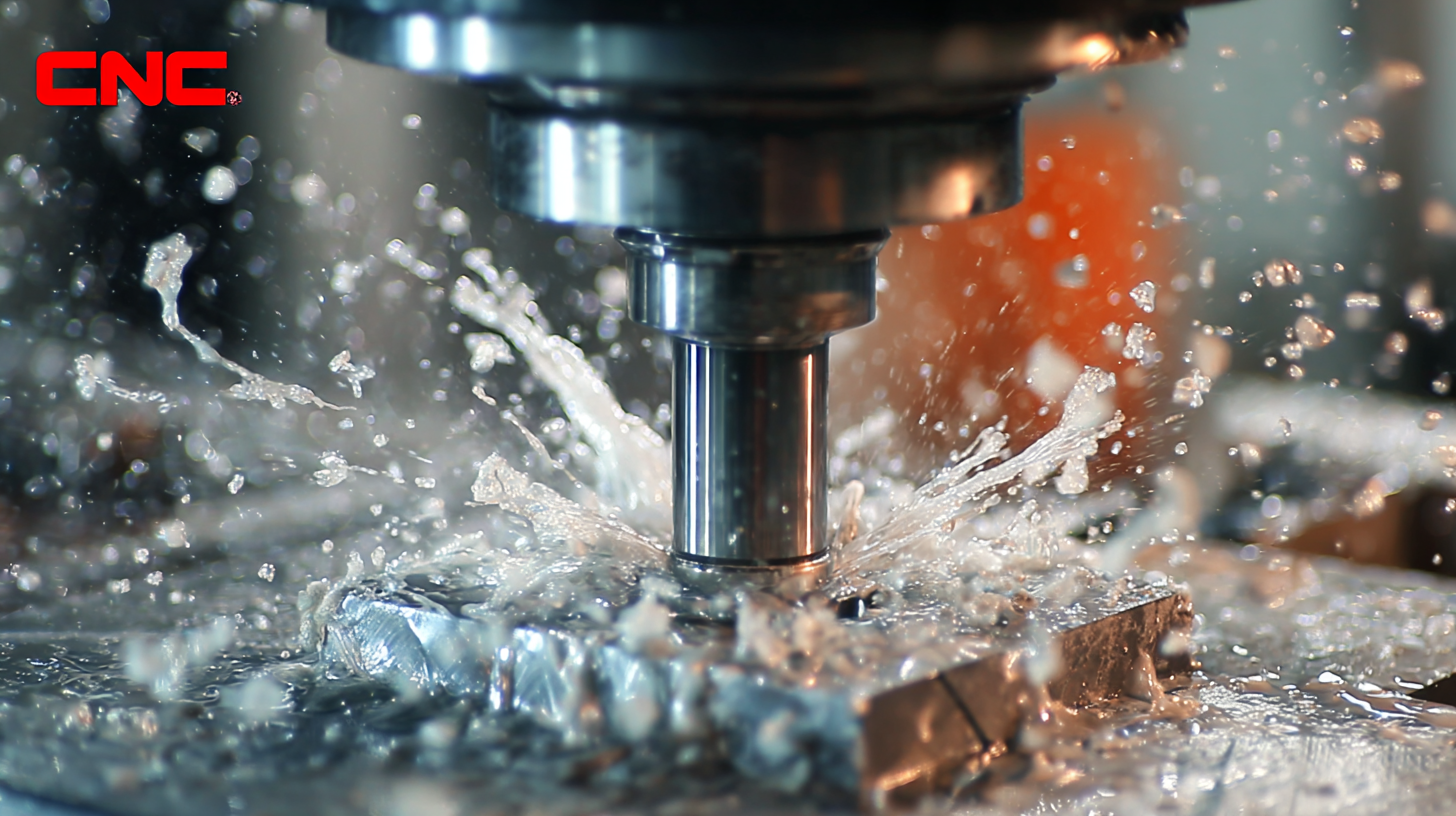In the world of manufacturing, achieving precision and efficiency is paramount, and CNC machining stands at the forefront of this endeavor. This ultimate guide aims to equip you with comprehensive knowledge and techniques to achieve the best CNC machining results for your projects. From understanding essential technical parameters of products—such as material specifications and tolerances—to practical "how-to" insights that enhance your machining processes, we will explore all the crucial elements that contribute to successful outcomes. Whether you are a seasoned professional or just starting in the field, this guide will provide you with the tools and strategies necessary to navigate the complexities of CNC machining and elevate the quality of your production endeavors.

 Understanding CNC Machining: Key Concepts and Terminology Explained
Understanding CNC Machining: Key Concepts and Terminology Explained
CNC machining is a process that utilizes computer-controlled machinery to manufacture intricate parts with precision. Key concepts include G-code, which is the programming language that instructs machines on how to move. Understanding how G-code operates is essential for creating effective tool paths. Additionally, familiarity with different machining techniques, such as milling and turning, can help you select the appropriate method for your project.
Tips for successful CNC machining revolve around preparation. Firstly, always ensure your design files are clean and accurate. Check for any errors in the CAD models before converting them to G-code. Secondly, select the right materials for your projects; different materials respond differently to machining processes. For example, aluminum is easier to work with compared to harder metals like titanium. Lastly, regular maintenance of CNC machines is crucial to maintain their performance and accuracy, so establish a routine check-up schedule.
Another critical aspect is tool selection. Choosing the right cutting tools can vastly influence the quality of the finished product. Make sure your tools are compatible with the material being machined, as this will affect not only the part’s finish but also the machining speed. Stick to recommended cutting speeds and feeds to avoid damaging the tools or the workpiece.
Choosing the right CNC machine is crucial for the success of your project, and it often hinges on a balance between your specific needs and budget constraints. According to a report by Grand View Research, the global CNC machine market is expected to reach $100 billion by 2025, indicating a booming demand across various industries. This growth emphasizes the importance of selecting a machine that not only meets your technical specifications but also provides the best value for your investment.

When assessing your options, consider the type of materials you will be working with and the complexity of the designs involved. For instance, high-precision projects may necessitate a more advanced CNC router or milling machine, which can have higher upfront costs but may ultimately save on material waste and machining time.
Data from Markets and Markets notes that the CNC milling machine segment alone is projected to grow at a CAGR of 5.5% through 2026, reflecting the increasing reliance on precision engineering in manufacturing processes. By investing in the right CNC technology, you can enhance your project outcomes while optimizing cost efficiency.
When it comes to achieving optimal results in CNC machining, the choice of tools and materials plays a pivotal role. According to a recent report by Grand View Research, the global CNC machine market is projected to reach USD 100 billion by 2025, highlighting the growing importance of precision equipment in various industries. Selecting high-quality CNC tools, such as carbide cutters and precision end mills, can significantly enhance machining accuracy and prolong tool life. Data from the Tooling and Manufacturing Association indicates that using superior tooling can improve efficiency by up to 30%, translating into cost savings and better product quality.
In addition to tools, the right materials are essential for any CNC project. Aluminum, for instance, is favored for its lightweight and excellent machinability, while high-carbon steel is often selected for its durability and hardness. According to a study by the American Machinist, up to 40% of CNC processing time can be attributed to material selection and setup. Therefore, understanding material properties and compatibility with machining processes is crucial for optimizing production efficiency. Emphasizing the quality of both tools and materials can lead to unprecedented machining outcomes, ultimately driving innovation and competitive advantage in manufacturing.
| Tool/Material | Type | Usage | Recommended Specifications |
|---|---|---|---|
| CNC Router | Machine | Wood, Plastics Machining | High-Speed Spindle (8,000-24,000 RPM) |
| End Mill | Cutting Tool | Material Removal | HSS or Carbide, 2-4 Flutes |
| CNC Plasma Cutter | Machine | Metal Cutting | Power Output (25-65 Amps) |
| Tool Holder | Accessory | Tool Stability | ER Collet Type, Compatible with End Mill |
| Cutting Fluid | Material | Cooling and Lubrication | Water-Soluble or Non-Soluble Types |
| Soft Jaw Vise | Fixture | Material Holding | Aluminum, Customizable |
When it comes to CNC machining, the quality of the final product heavily relies on the design of the CAD models used in the manufacturing process. To enhance CNC efficiency, it is essential to incorporate best practices right from the initial design phase. Start by ensuring that your CAD models are fully constrained, which allows for precise control over dimensions and avoids discrepancies during machining. Utilizing parametric design can also be beneficial, as it enables easy modifications and adjustments without the need to remodel from scratch.
Moreover, consider the choice of materials and tooling early in the design stages. Selecting appropriate materials that align with your project’s specifications and machining capabilities can significantly optimize machining cycles and reduce wear on tools. Additionally, integrating design features such as fillets and chamfers can improve tool paths and lead to smoother finishes, ultimately resulting in higher quality outputs. By being mindful of these practices, you not only streamline the CNC machining process but also enhance the performance and longevity of your tools, paving the way for successful project outcomes.
CNC machining presents a myriad of challenges, but understanding how to navigate these obstacles can significantly enhance the quality of your projects. One common issue is tool wear, which, according to a study by the National Institute of Standards and Technology, can affect precision by up to 40% if not monitored properly. Regularly inspecting and replacing tools not only maintains accuracy but also extends the life of your machinery.
Another significant challenge is achieving optimal feed rates. According to a report from the Society of Manufacturing Engineers, incorrect feed rates can lead to material wastage and increased machining time, with potential cost implications of up to 20%. To counter this, it's essential to calibrate feed rates based on the specific material and tooling conditions.
Tips: Always conduct preliminary tests to find the ideal settings. Implementing a predictive maintenance schedule can minimize downtime associated with unexpected failures, providing a more consistent output in your CNC operations. By staying proactive and informed about these challenges, you can ensure smoother workflows and higher quality results in your CNC machining endeavors.
